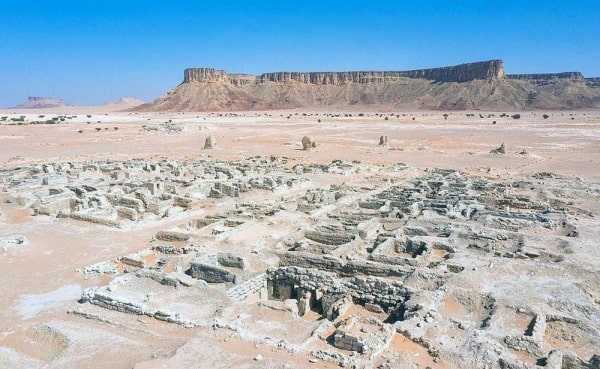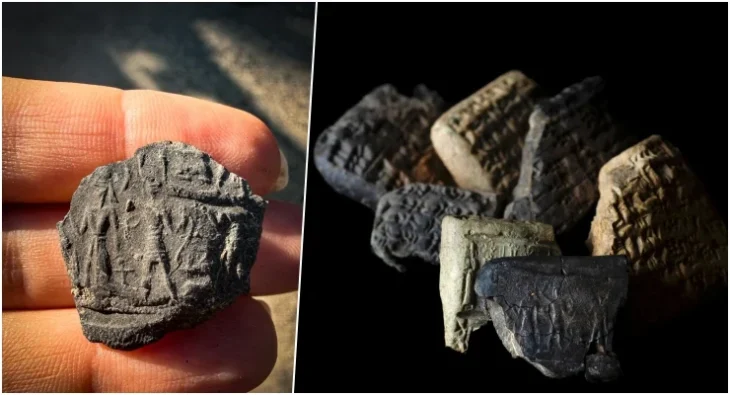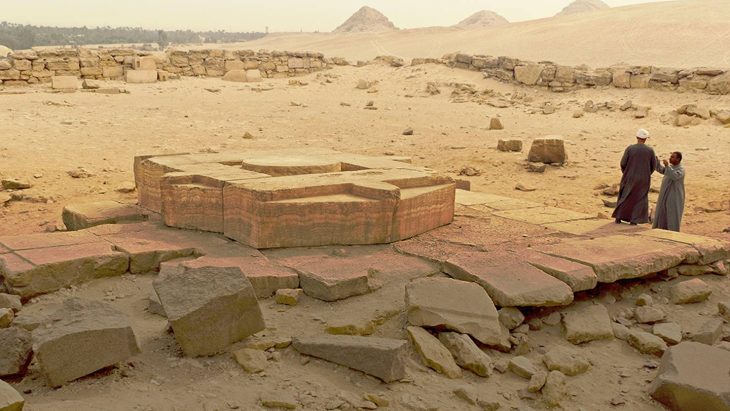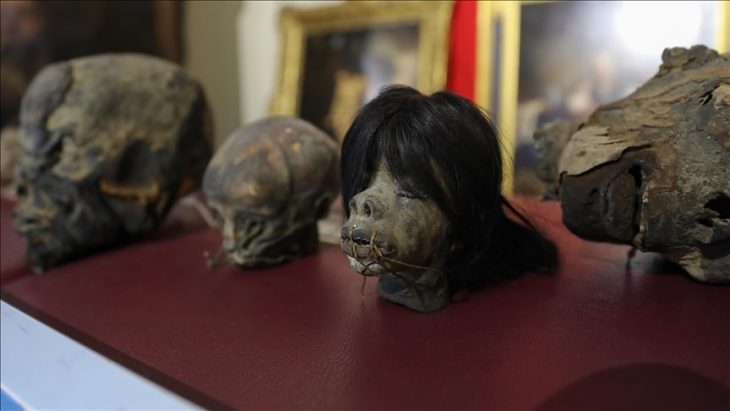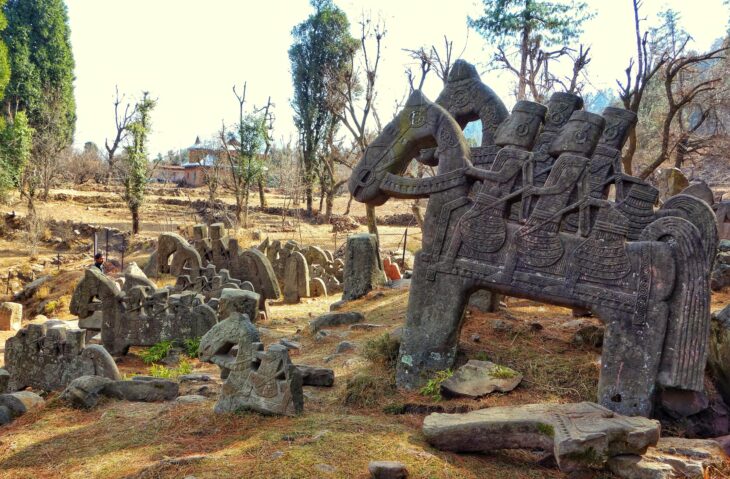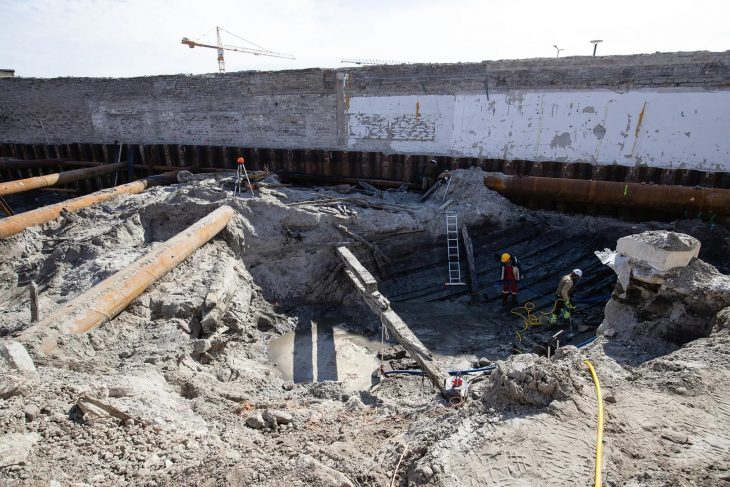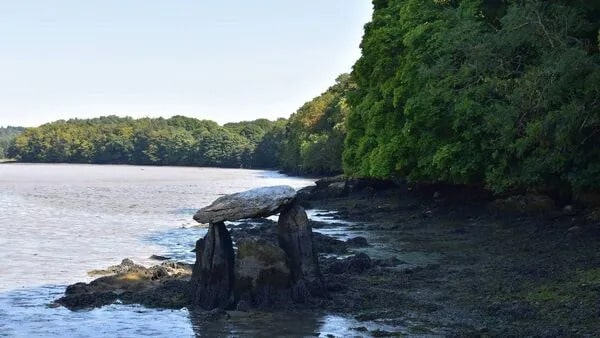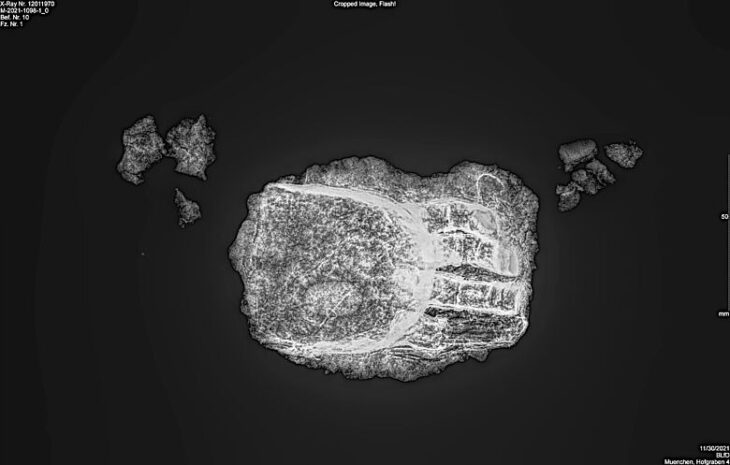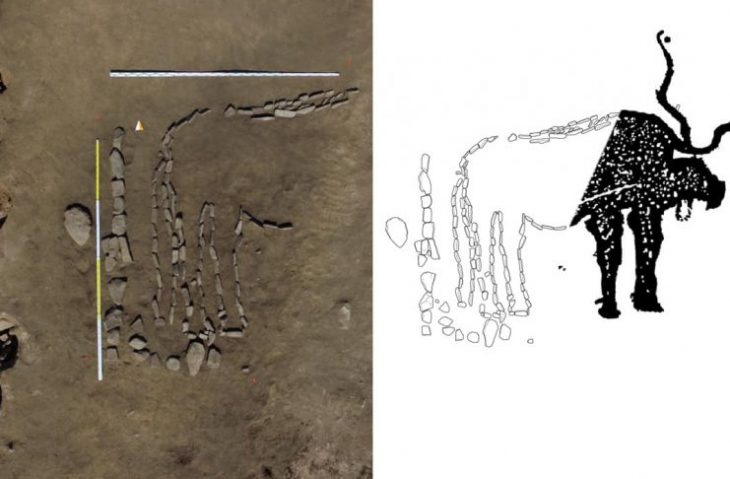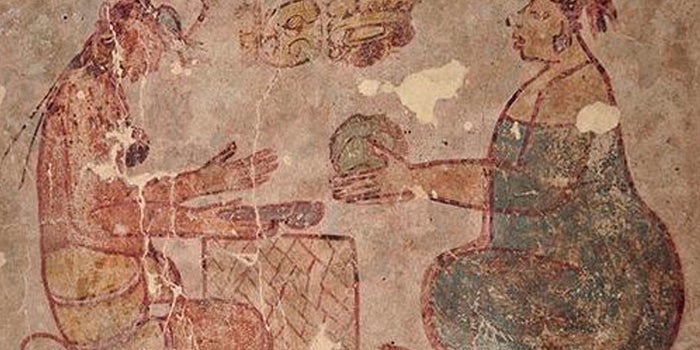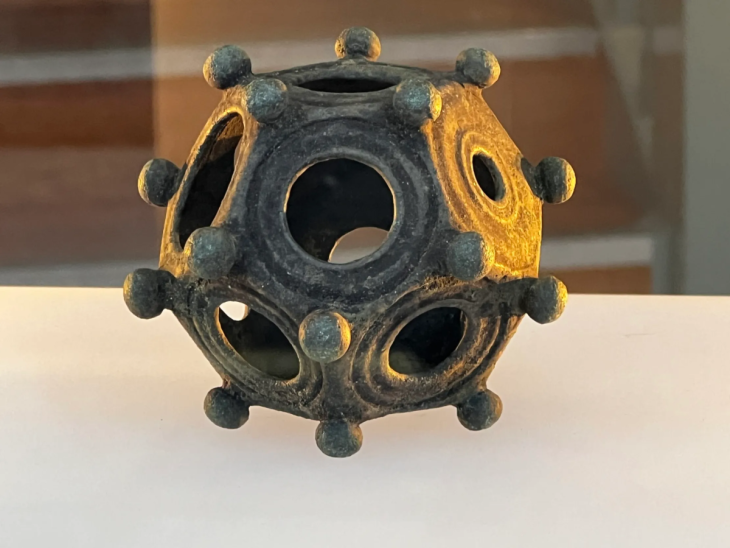In a project led by the Saudi Heritage Commission, a multinational team of archaeologists has discovered an 8,000-year-old archaeological site in the Al-Faw region using the latest technologies.
According to the Saudi Press Agency (SPA), the study leveraged high-quality aerial photography; guided drone footage utilizing ground control points; a topographic survey; remote sensing, ground-penetrating radar; laser scanning; and geophysical survey, as well as extensive walkover surveys and sondages throughout the site.
Al-Faw, the former capital of the Kingdom of Kindah, is located on the outskirts of Al-Rub’ Al-Khali (the Empty Quarter), 100 kilometers south of Wadi Al-Dawasir on the modern highway connecting Wadi Al-Dawasir and Najran.
In the fifth and sixth centuries, a group of nomadic tribes from north and central Arabia formed the Kindah Kingdom. It is regarded as the first nomadic Arabian kingdom in history.
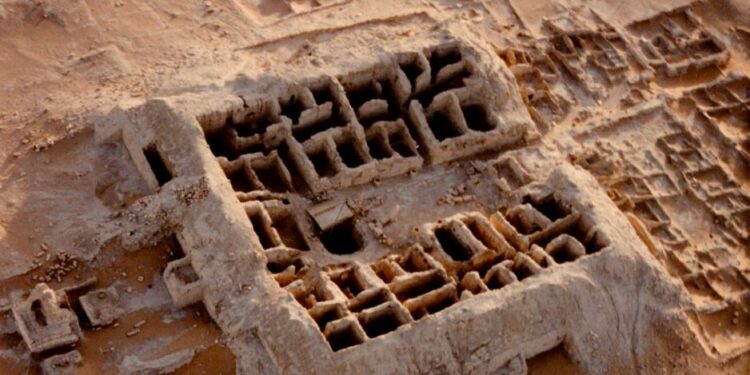
The research uncovered a number of finds, including the remains of a stone temple and parts of an altar, where Al-Faw locals would practice their rituals and ceremonies.
📣 Our WhatsApp channel is now LIVE! Stay up-to-date with the latest news and updates, just click here to follow us on WhatsApp and never miss a thing!!
The stone temple, which is rock-cut, is perched on the edge of Mount Tuwaiq on the east of Al-Faw.
Moreover, archaeologists revealed the remains of Neolithic human settlements dating back to the Neolithic era and more than 2,807 graves of different periods dotted throughout the site, which have been documented and classified into six groups.
Numerous ancient inscriptions that provide insight into the community’s religious beliefs have also been uncovered by archaeologists. Among these is the inscription in the Jabal Lahaq sanctuary addressed to the god Kahal, the deity of Al-Faw.
The inscription indicates a relationship between the cities of Al-Faw and Al-Jarh, and most importantly is attributed to a family from the city of Al-Jarha, it also referred to the ancient name of the place where the sanctuary was built (Mount Tuwaiq).
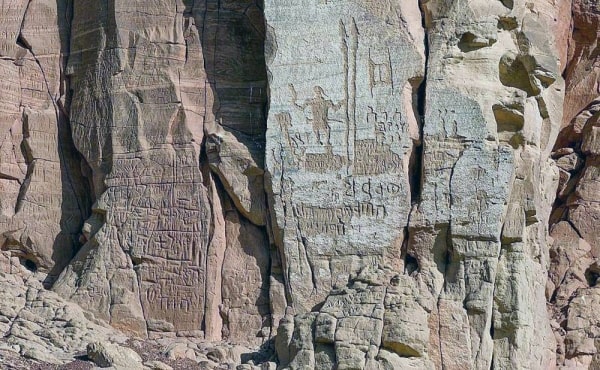
Given Al-Faw’s location on the ancient trade route, their relationship with Al-Jarh is most likely commercial considering. It may also imply either religious tolerance between residents of the two cities, or the worship of Al-Faw’s deity, Kahal, by some of the residents of Al-Jarha.
Though Al-Jarha was recognized for its richness and economic might, its exact location is unknown, and numerous scholars identify it with the site of Thaj.
The discovery offers valuable data regarding the geographical distribution of Al-Faw’s sanctuaries and reveals the foundations of four monumental buildings, some with corner towers. Their architecture, internal plans, and open-air courtyards suggest their use as resting places for trade caravans.
Other finds opened up the possibility of the existence of a number of complexes. A complex irrigation system was found that had canals and water cisterns. There were hundreds of pits dug to direct rainwater to the agricultural fields, providing an explanation for how local residents countered the harsh, arid climate.
More significantly, the findings at the Al-Faw site demonstrate that a culture of temples, rituals, and idol worship predated the monolithic, non-idol worshipers, anti-temple practices of Islam that exist there today. These findings may also challenge the widely accepted premise that the Islamic conquest civilized the desert people of Arabia.

